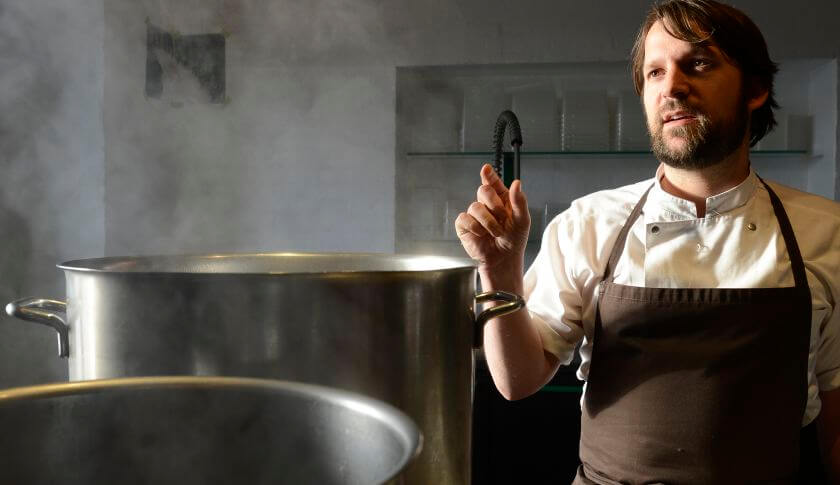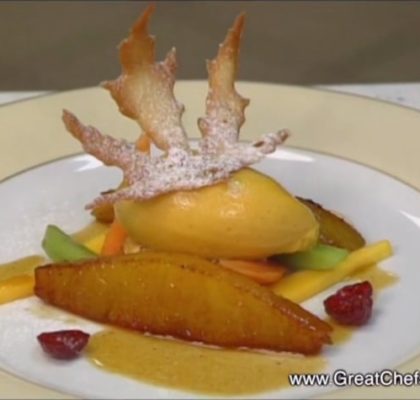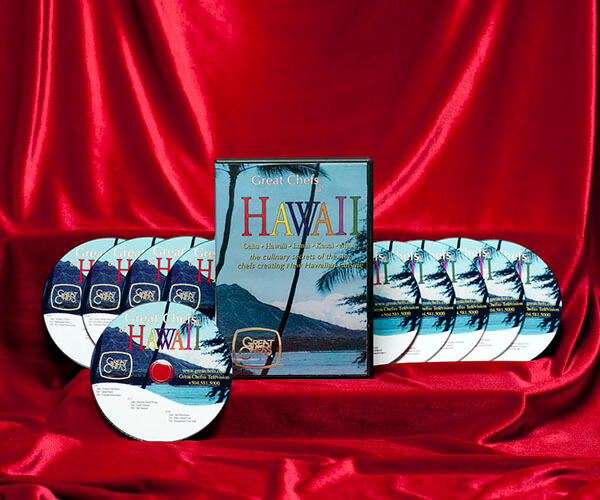This chef moved his entire restaurant staff 5,400 miles:
View more at: https://fortune.com/2015/02/05/rene-redzepi-tokyo-pop-up/
by Adam Erace: @adamerace

The Danish chef behind Copenhagen’s Noma talks his Tokyo pop-up, moving logistics and life lessons.
Fortune caught up with the award-winning Danish chef René Redzepi, whose trailblazing Copenhagen restaurant, Noma, has temporarily relocated—staff and all—to Tokyo for a six-week, sold-out pop-up at the Mandarin Oriental hotel.
It’s 11 AM in Tokyo, what have you done so far today? What’s a typical day like for you during the pop-up?
René Redzepi: I wake up in the morning with my kids; I have three daughters. They’re seven months old, three years old and six years old. We have breakfast, then I go to work. On Sunday mornings, when the restaurant is closed before I go back and do office work, I go to Switch Coffee, which has the best coffee in Tokyo if you ask me. The roast is light, very fruity. There’s like six varieties of beans to choose from. It’s one of these things where it’s a singular Japanese man standing there everyday. It’s his shop and he takes pride in doing it the best he can everyday.
That’s such a Japanese thing, taking one thing and working at it until it’s perfect.
Well it’s crazy and so unlike what we do. That’s why it boggles our mind coming here. In the West it’s about growth: how can you leverage this, how many outlets can you potentially do? That’s what any investor will ask you. Nobody will ever ask you: how well will you do, how well will your quality be? That’s why it’s so inspiring to see these places in Japan where people are just dedicated to one single thing. The other day, one of the guys went to a place called JBS Bar. It’s a place where there are 50,000 records on vinyl: jazz blues funk. The first thing you do, you go to the old man who owns the shop, a 60-year-old man who’s been collecting records all his life. You order your vinyl, he finds the vinyl and then he put it on, then afterwards, once the music is playing in this little shop, you order your drink. I mean, how amazing is that? To sit there with your whiskey and listen to your favorite vinyl! But things like this just don’t exist anymore because there’s no space for it.
Of all the places you could have taken Noma, why Japan?
I was traveling in Japan many years ago and was so blown away and wanting to come back and learn more. As I’m trying to figure out a way to do this, I don’t have the time or the possibility to be an intern again, to be a stagier as we call it in kitchen language, because of my responsibilities at the restaurant. I have children. And then from that moment on I started thinking, why don’t we go all of us? What if we all go and consider this as being stagiers from a restaurant point of view?
So you moved your whole family to Tokyo? And the Noma staff as well?
Everyone is here from the dishwasher to the cleaner to my head chef. A lot of guys brought their children; we have two kids in school here. It’s just a crazy, mind-boggling thing. It’s so expensive, so crazy, so time-consuming to organize the moving of 77 people in total for three months to a different part of the world. You’re not just moving a group of young people; you’re moving lives, you’re moving husbands and wives and children. You need to find out who is the doctor, where do they wash their clothes? You need think of the whole idea for the restaurant as if you were opening for good. You have to do everything from plate-ware to furniture to a design budget to traveling around Japan like we did—we’ve been here seven times in the past year for ingredients, to get familiar with food culture, to see the landscape. All that work gets mixed together and at the end there’s a menu and a dining experience that hopefully tells the diner something about Japan through the lens of our aesthetics.
When did you start coming to Japan to do research for the pop-up?
We started coming to Japan in December 2013. We’ve been lucky enough to have All Nippon Airways as a partner, enabling us to fly throughout Japan. The kitchen has been here seven times, but we’ve also had our general manager and accountant come here. We’ve had some of our waiters and sommelier here. So in total we’ve been here eleven times. This project is like a dream for us. It would not have been possible without the support from ANA.
What was your favorite part of the country you visited?
The northern part of Japan is my favorite. The forestry is pristine. It’s more of a nature experience, which I really enjoy. Maybe because it felt more like home, to tell the truth, even though it’s a different landscape. The quality of ingredients is immaculate, and the quality of the cooking is excellent. And people there are bit more loose than in more traditional towns like Kyoto and Tokyo. But I also love those cities, too. It’s impossible not to fall in love with Tokyo after being here two-and-a-half months.
The ethos at Noma is working with what the local landscape gives you. How did you approach foraging in a foreign environment?
The first thing we did was contact one of our friends [Masuhiro Yamamoto], who is the most respected [food] journalist in Japan. We asked him for a chef that would help us and be part of team and we got that through a chef called [Shinobu] Namae. He’s the chef at a restaurant called L’Effervescence, which is a four-year-old restaurant that just got its second Michelin star. He basically ripped half his time out of his schedule because he wanted so bad for [Noma Tokyo] to happen and wanted to help us. We started liaising with him, and from him and [Yamamoto] we started getting into contact with purveyors, foragers, other chefs that could help us find quality meats, where to find special berries, how to do you find foragers in northern part of Japan, what do we look for in the southern part? They were also the ones who gave us these in-depth authentic Japanese food culture experiences by having us go to temples for temple meals, having us try numerous tea ceremony experiences and getting us familiar with all those ideas about the importance of ceremony in the Japanese meal. Those two, they spent so much time on us, it’s unbelievable. If it wasn’t for them we couldn’t have done it.
What ingredient were you most excited to find and work with in Japan?
Oh man, I can’t tell you only one, because there’s too much to choose from. Soy milk here blew my mind; I love tofu, I’ve eaten it back in Europe so many times but didn’t know it existed in this quality. The citrus here is just mind-blowing, twelve to 15 varieties. The types of wild food they have here is crazy—and [the Japanese] are so used to eating them, they just eat them all the time so it’s easy for you to obtain. It’s not like back home where we have to create all our own supply chains. Here there are people on the mountains already harvesting weird roots and strange berries as an everyday thing.
After dinner service, where do you and the staff like to hang out to decompress?
There’s a place walking distance, five minutes from here called Devil’s Ramen, and that’s for sure a favorite amongst the staff. It happens to be also, we found out later by accident, that it’s a super famous place here in town. Lucky Peach just put out their
five places to eat ramen in Tokyo and this is one of them. To tell you the truth, though, I haven’t been there myself because the kitchen team finishes 45 minutes to an hour before me. I have to stay until the last guest is gone. It’s a special moment for the guests. They waited, and I feel responsible to say goodbye to them. There are some weeks where I don’t leave the hotel for seven or eight days in a row. I’ve been working since the 27th of December with one day off. It’s pretty wild.Culinarily, is there anything happening in Japan right now that you think we’ll see in the West soon?
I hope that we will explore much more of Japanese food culture. In America you’re much more advanced: you have good ramen, decent sushi, much better than most places in Europe. You also have a few kaiseki houses and so on, but generally what people consider Japanese food is still more or less sushi, right? Here, even the most vile 24-hour sushi place near Tsukiji market is three times better than anything we have in Denmark. I seriously mean that. There are almost no Japanese people in Denmark, and the sushi restaurants we have, they’re done by business people that hire college students.
The Tokyo pop-up goes until Valentine’s Day. What souvenir are you stuffing your suitcase full of when you leave?
Lots of ideas. That’s the only thing we will bring home. Which is much more valuable than bringing home two or three ingredients. To be inspired, to have new thinking, that’s so much more valuable, and I really think it’s going to change or whole approach to cooking because it’s humbling being here. You spend time here and you realize back home, more or less the value we put to food is very limited, and the moments through the year where we have articulated value toward what we eat on specific days is limited to Christmas and Thanksgiving, stuff like that. Whereas here it seems every single food item, whether it’s a lotus root or a strange mountain yam, has some sort of identity or meaning to the people about why you’re eating it at that specific moment. To put that much value to what you eat… it makes us look like insects in comparison to this food culture.
Frankly it also makes cooking easier by having such a beautiful meaning toward the simplest of ingredients. It rattles your whole creative process. One of the main moments of this is the idea of the green tea ceremony, which is essentially just a cup of tea when you think about it. But from the idea of a cup of tea, a monk wanted to codify the whole process and give meaning to one of the most average and everyday actions, which is to lift a cup with hot broth in and drink it. And from that sprouts a whole way of organizing room. And from that sprouts a whole way of organizing meal. Which then sprouts into the kaiseki meal, which has then arguably influenced the whole tasting menu of the West. But it starts with a cup of tea. So I find that immensely inspiring and very humbling. If you’re able to think and process a lot these everyday, seemingly unimportant moments in a new way, I think you can be inspired for decades.
The Noma Tokyo pop-up runs through Valentine’s Day weekend. The waiting list has 60,000 names.












